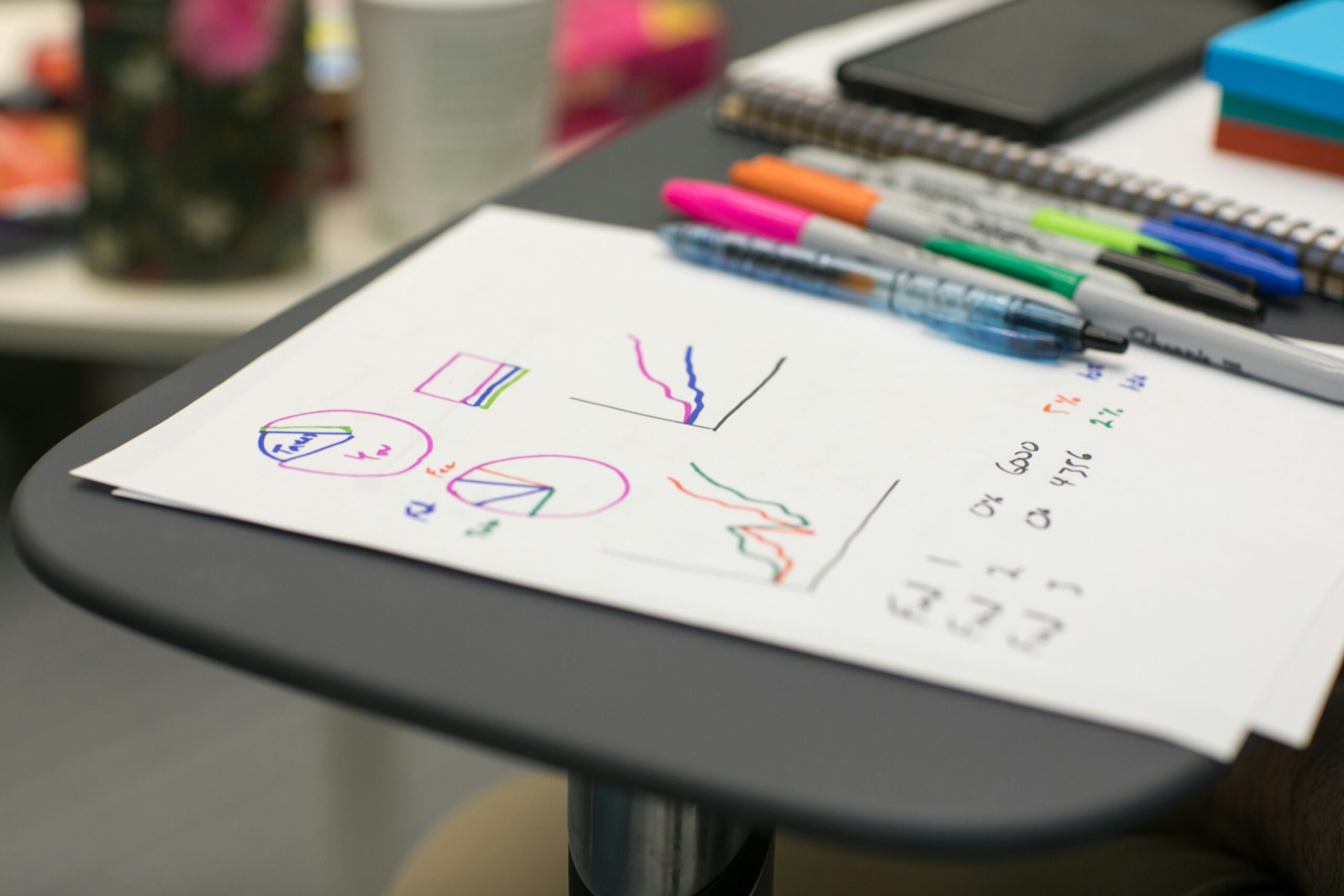Understanding Learning Styles
Traditional schooling often follows a ‘one-size-fits-all’ approach, but learning is not the same for everyone. Every student absorbs information in different ways, which is why identifying learning styles is essential for academic success. By understanding how you or your child learns best, you can adopt study techniques that improve retention, engagement, and overall performance.
The Multiple Intelligence Theory
One of the most well-known models of learning styles is Howard Gardner’s Multiple Intelligence Theory, which categorises learners into seven key types:
- Visual (Spatial) Learners: These learners process information best through images, diagrams, and colour-coded notes. Using mind maps, charts, and visual aids enhances their ability to retain information.
- Aural (Auditory) Learners: They learn best through listening to lectures, discussions, and audiobooks. Music, verbal repetition, and recorded lessons can significantly aid their retention.
- Verbal (Linguistic) Learners: These students have a strong affinity for words, writing, and mnemonics. They benefit from summarising information, explaining concepts aloud, or engaging in word association techniques.
- Physical (Kinaesthetic) Learners: Movement is key for these learners. They grasp concepts better through hands-on activities, such as experiments, role-playing, or using gestures while studying.
- Logical (Mathematical) Learners: Numbers and patterns are their strengths. They excel at structured learning, problem-solving, and classifying information into logical groups.
- Social (Interpersonal) Learners: These individuals thrive in group study sessions, discussions, and collaborative projects. Peer interaction enhances their learning experience.
- Intrapersonal (Solitary) Learners: Independent and introspective, these learners prefer quiet study environments where they can focus without distractions.
The Three Main Learning Styles
Another popular classification simplifies learning styles into three primary categories:
- Visual Learners: These students process information through images, graphs, and charts. They often find note-taking, flashcards, and mind maps particularly effective.
- Auditory Learners: They retain information best through listening, whether it’s lectures, discussions, or self-recorded notes. Reading out loud or engaging in study groups can enhance their learning.
- Kinaesthetic Learners: Hands-on experience is crucial for these learners. They learn by doing—through movement, experiments, or practical application of concepts.
How to Identify Your Learning Style
If you’re unsure about your learning style, consider:
- Reflecting on past experiences: When studying, do you remember information better by writing notes, listening to explanations, or engaging in hands-on practice?
- Taking an online learning style quiz: Tools like this test can help you determine your dominant learning style.
- Experimenting with different techniques: Try using flashcards, recording your notes, or acting out concepts to see what works best for you.
Why Learning Styles Matter in Tutoring
When students understand their preferred learning method, they can tailor study strategies to improve their comprehension and retention. This is especially useful in tutoring, where personalised approaches can enhance engagement and boost academic performance. Tutors can incorporate visual, auditory, and kinaesthetic elementsinto lessons to align with a student’s learning strengths.
Further Reading
If you found this article helpful, you might also enjoy:




